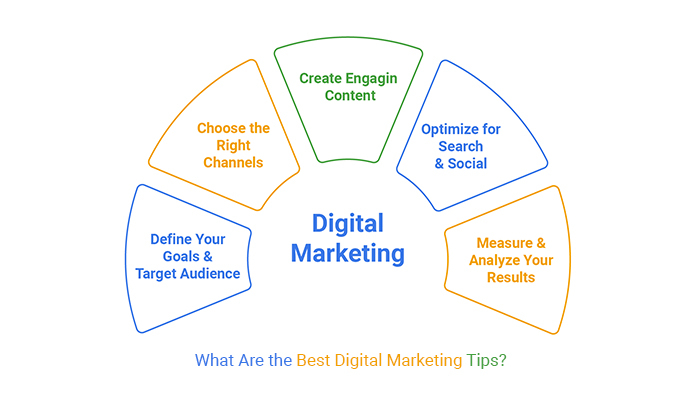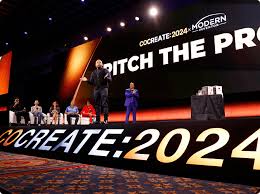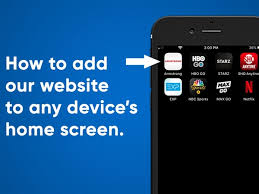The G.R.E.A.T Sales Technique By Gabriel Ofei
The G.R.E.A.T. Technique Copyright © Gabriel Ofei 2015
The = The Handling Essentials .How To Handle A Client
G is for Good Greeting
A positive first impression is crucial for setting the tone of the entire conversation.
- Technique: Use a warm, friendly, and personalized opening.
- How to apply:
- In person: Smile, make eye contact, and offer a firm handshake. Use a greeting that is natural to your personality.
- On the phone: Use a pleasant happy tone of voice and a clear, confident delivery.
- In an email: Use a subject line that is relevant and personalized. Start your message by referencing a specific shared connection or a recent company event.
- Example: Instead of “Hi, this is a sales call,” try, “Hi [Prospect’s Name], this is [Your Name] from [Your Company]. I saw on LinkedIn that you recently launched a new campaign, and it made me think of you.”
R is for Relatable Rapport
Building a genuine connection helps to lower a prospect’s defences and establish trust, making them more open to your message.
- Technique: Show genuine interest in the prospect as a person, not just a potential customer.
- How to apply:
- Find common ground: Research their hobbies, mutual connections, or recent company news.
- Mirror their communication style: Subtly adapt your tone and pace to match theirs.
- Listen actively: Let them do most of the talking, and use their words when paraphrasing their points back to them.
- Example: “I noticed you’re a big fan of [Sports Team]. Did you catch the game last night? I love their defence this season.” Or “Oh! you live in Essex, I drove through there yesterday, Nice place”
E is for Educate
Today’s customers have already done their research. Your role is to educate them with a unique insight they haven’t found elsewhere.
- Technique: Offer valuable, challenging information that helps them reconsider their perspective.
- How to apply:
- Diagnose the real problem: Don’t assume the first “pain point” they mention is the only one. Ask deeper questions to get to the root of the issue.
- Tell, don’t sell: Guide the prospect to a solution by helping them discover the benefits themselves, rather than telling them what to buy.
- Example: “Most companies at your stage think their biggest challenge is [Problem], but what we’ve found is that the root cause is actually [Underlying Issue].”
A is for Ask, Don’t Assume
To give an effective solution, you must know exactly what the customer needs. Making assumptions can waste valuable time and squander an opportunity.
- Technique: Use thoughtful, open-ended questions to discover the prospect’s needs, motivations, and pain points.
- How to apply:
- Never assume you know the customer’s mind. If a detail is unclear, ask for clarification.
- Probe for the “why.” Instead of asking, “Do you need a new system?”, ask, “What is it about your current system that isn’t working for you?”.
- Example: “You mentioned you were looking for ways to cut costs. What does ‘cutting costs’ mean for this specific project? What’s the biggest hurdle you face?”
T is for Technique
- A fluent delivery with rehearsed Rebuttals
Teach Eloquently, Charm Humorously, Negotiating`ly Improvise, Question Understand Explain. #Technique
##Atrributes
Naturally charismatic people have an advantage due to strong social skills, which aid in networking, influencing, and motivating others. However, success is not determined by charisma alone, and a person without it can thrive by focusing on other strengths.
#Golden Tips: Be yourself, people can take a disliking to some one too polite and sometimes too confident, find a balance
Treat Couples differently, If you`re a attractive man Do Not and I repeat Do Not pay the Mans partner any attention and this works vice versa. Treat the man like he is your brother, make him feel like he`s the boss do not create jealousy or they will leave quicker than normal. Also give them space to talk about the purchase. I let them walk around the house themselves to discuss and also to get a feel of the place.
More To Come Later







Post Comment